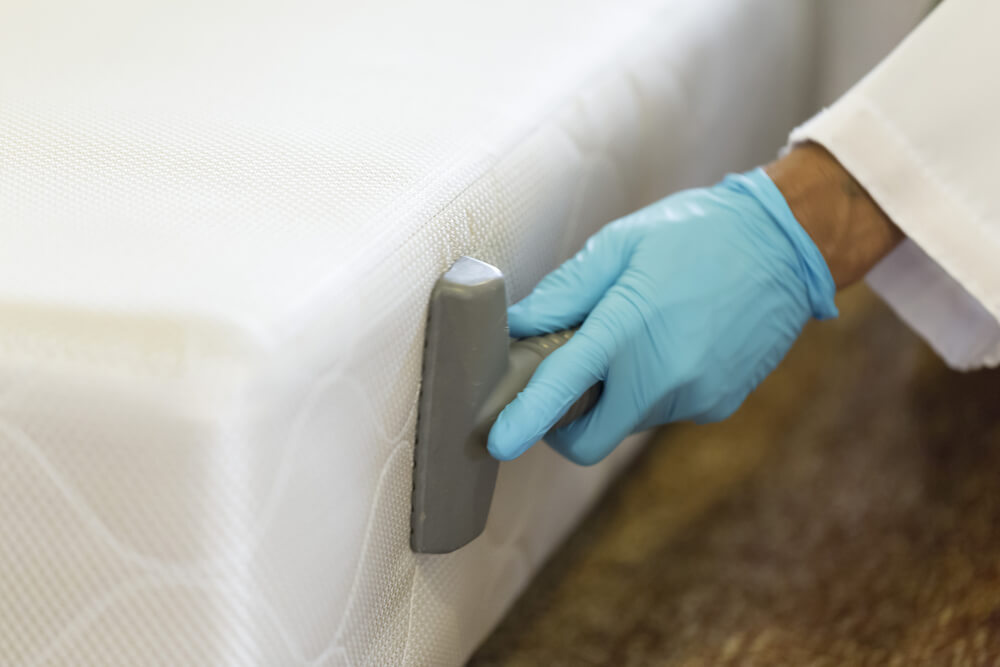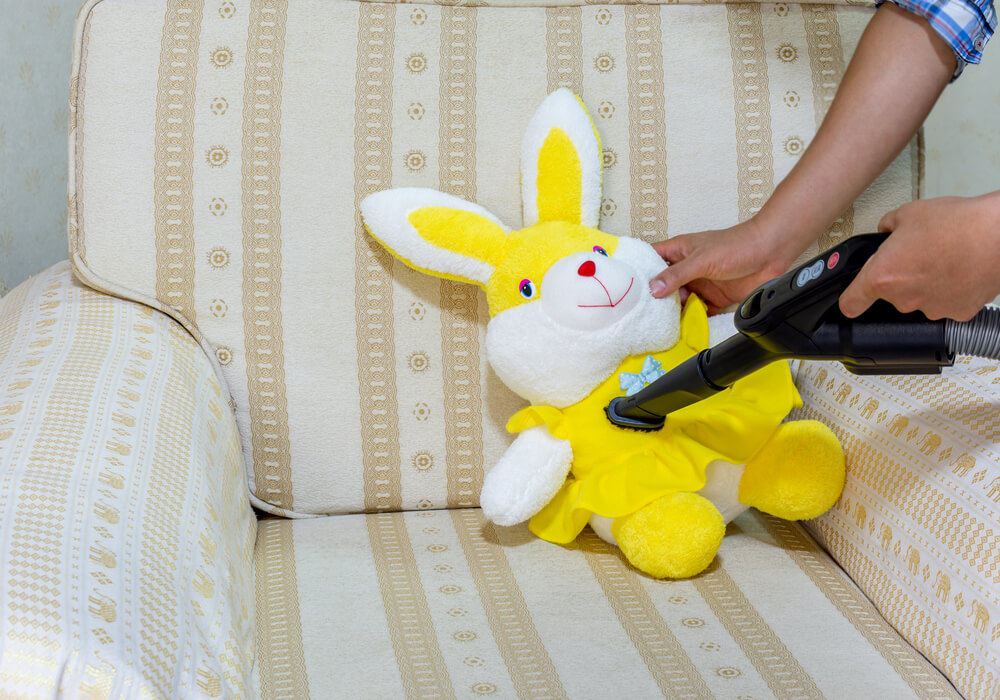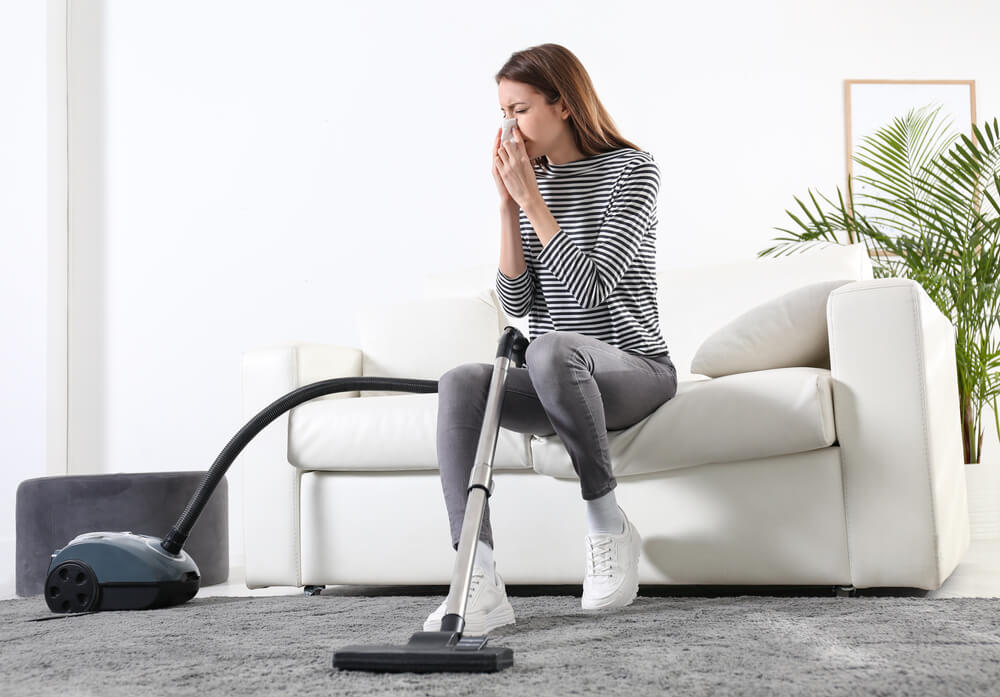For many people, home is a sanctuary. However, for allergy sufferers, their home can harbor various allergens that trigger uncomfortable symptoms. Understanding how to remove allergens from your home is essential for creating a healthier, more comfortable living environment. This comprehensive guide, ideal for those who struggle with allergies, provides practical tips and strategies for allergy cleaning and reducing allergens in the home. If you’re looking for professional advice, consulting an allergist in Miami or your local area can provide personalized recommendations based on your specific allergy needs.
Understanding Home Allergens
Before diving into cleaning tips, it’s crucial to understand what allergens are commonly found in homes:
- Dust Mites: Microscopic creatures thriving in dust accumulation.
- Pet Dander: Tiny skin flakes and hair from pets.
- Pollen: Can be brought indoors from outside.
- Mold Spores: Thrive in damp areas.
The Basics of Allergy Cleaning
Allergy cleaning involves more than just regular cleaning. It’s about focusing on areas and items where allergens are likely to accumulate.
Regular Dusting and Vacuuming
- Use a HEPA Filter Vacuum: These vacuums are more effective in trapping small particles.
- Microfiber Cloths for Dusting: They are better at trapping dust compared to regular cloths.
How to Remove Allergens from Your Home
Effective ways to reduce allergens involve a combination of cleaning techniques and environmental controls.
Reducing Dust Accumulation
- Declutter: Less clutter means fewer places for dust and allergens to settle.
- Clean Regularly: Frequent cleaning can significantly reduce dust accumulation.
Managing Pet Dander
- Pet-Free Zones: Designate certain areas, like bedrooms, as pet-free to limit dander spread.
- Regular Pet Grooming: Bathe and groom pets regularly to reduce the amount of dander.
Strategies for Reducing Allergens in the Home
To effectively reduce allergens, several areas of the home need attention.
Bedroom Allergy Cleaning
- Encase Mattresses and Pillows: Use allergen-proof covers to protect against dust mites.
- Wash Bedding Weekly: Use hot water to kill dust mites and remove allergens.
Controlling Humidity
- Use a Dehumidifier: Keeping humidity levels low inhibits the growth of mold and dust mites.

Dust Mite Cleaning Techniques
Specific strategies for dust mite cleaning are crucial as these are some of the most common indoor allergens.
- Steam Clean Carpets and Upholstery: Steam can kill dust mites that are embedded in fabrics.
- Avoid Heavy Drapes: Opt for window treatments that are easier to clean.
How to Reduce Indoor Allergens in the Living Area
The living area can be a major hub for allergens.
- Choose Easy-to-Clean Furniture: Leather or vinyl furniture is easier to clean than upholstered options.
- Regularly Clean Rugs and Carpets: If possible, choose hardwood floors or tiles, as they are less likely to harbor allergens.
Air Purification and Ventilation
Improving air quality is a key step in reducing allergens in the home.
- Use Air Purifiers: Devices with HEPA filters can trap airborne allergens.
- Ensure Good Ventilation: Regularly open windows to allow fresh air circulation, reducing indoor allergen concentrations.
Allergy Cleaning in the Kitchen and Bathroom
- Mold Prevention: Regularly clean and dry damp areas to prevent mold growth.
- Ventilation: Use exhaust fans to reduce humidity and prevent mold spores from spreading.
Tips for Laundry and Clothing
- Hot Water Wash: Use hot water for washing clothes to remove allergens effectively.
- Clean Storage: Store clothes in clean, dry areas to prevent mold and dust mite accumulation.
Handling Seasonal Allergens
Seasonal allergens, such as pollen, can significantly impact indoor air quality and exacerbate allergy symptoms. Effective strategies are essential in minimizing their presence in your home, especially during high pollen seasons.
Understanding Seasonal Allergies
- Know Your Allergens: Different plants release pollen at various times of the year. Identify which pollen you are allergic to and monitor local pollen counts.
- Timing Outdoor Activities: When pollen counts are high, try to limit outdoor activities, especially during midday and afternoon when pollen levels typically peak.
Creating Barriers Against Pollen
- Window Management: Keep windows closed during high pollen seasons to prevent these allergens from entering your home.
- Air Conditioning: Use air conditioning in your home and car, making sure to change or clean the filters to effectively trap pollen regularly.
Personal Care to Reduce Pollen Exposure
- Change Clothes After Being Outdoors: Pollen can stick to clothing. Changing clothes after returning indoors can help reduce the spread of these allergens around your home.
- Showering Before Bed: This helps remove pollen from your hair and skin, reducing the likelihood of it spreading to your bedding.
Cleaning to Minimize Pollen Accumulation
- Frequent Dusting and Vacuuming: Regular cleaning can reduce the amount of pollen that settles on surfaces and in carpets. Using a vacuum cleaner with a HEPA filter is particularly effective.
- Wet Cleaning Methods: Using damp cloths for dusting can trap pollen instead of spreading it into the air.
Using Air Purifiers
- HEPA Filters: Air purifiers equipped with HEPA filters can capture a high percentage of airborne pollen, reducing its presence in your indoor air.
- Regular Maintenance: Replace or clean air purifier filters regularly for optimal performance.

Preventing Pollen from Entering the Home
Taking proactive steps to prevent pollen from entering your home can significantly alleviate allergy symptoms.
- Entryway Rugs and Mats: Place mats both outside and inside entry doors to trap pollen from shoes.
- No Outdoor Clothing Indoors: Store jackets, hats, and other outdoor clothing in a designated area away from living spaces.
Adjusting to Seasonal Changes
- Monitoring Weather Reports: Stay updated with local weather and pollen forecasts to plan your activities accordingly.
- Seasonal Adjustments: Be prepared to adjust your cleaning and personal routines based on the pollen season and weather changes.
Educating Family Members
- Awareness and Cooperation: Educate family members about the importance of these measures in controlling allergies, ensuring everyone contributes to reducing indoor allergens.
Landscaping and Gardening Strategies to Reduce Pollen Exposure
For those who enjoy gardening or have landscaped yards, certain strategies can help minimize pollen exposure. Choosing low-pollen plants for your garden can significantly reduce the amount of pollen in the air around your home. Opt for female plants, as they do not produce pollen, and avoid wind-pollinated plants, which are high pollen producers. Regularly trimming grass and removing weeds can also help control pollen production. For gardening enthusiasts with severe allergies, wearing a mask and gloves during gardening can provide additional protection. By making these mindful choices in your outdoor space, you can enjoy gardening while keeping pollen exposure to a minimum.
Conclusion
Effective allergy cleaning requires a comprehensive approach, focusing on reducing and removing allergens from key areas of your home. Regular cleaning, using the right techniques and tools, can significantly improve the quality of life for those with allergies. For tailored advice and advanced solutions, consider consulting with the Allergy and Immunology Center. They can provide personalized strategies and treatments, ensuring your home remains a comfortable and healthy environment, free from aggravating allergens.


